Understanding White Mold
White mold is a common issue on concrete floors, often appearing as a powdery or fuzzy white substance. This type of mold thrives in damp and humid environments, making basements and other moisture-prone areas ideal breeding grounds. While it may seem harmless at first glance, white mold can cause structural damage and health problems if left untreated. Identifying and addressing white mold promptly is crucial to maintaining a safe and healthy living environment.
Causes of White Mold
White mold on concrete floors typically results from excessive moisture and poor ventilation. Leaks, flooding, and high humidity levels contribute to the growth of mold spores. Concrete is porous, allowing moisture to seep in and create a conducive environment for mold. Understanding the underlying causes of white mold helps in implementing effective preventive measures. By addressing moisture issues and improving ventilation, you can significantly reduce the risk of mold growth.
Health Risks
Exposure to white mold can pose various health risks, especially for individuals with allergies or respiratory conditions. Inhaling mold spores can lead to symptoms such as coughing, sneezing, skin irritation, and respiratory issues. Prolonged exposure may exacerbate asthma or other chronic conditions. Ensuring the prompt removal of white mold and maintaining a dry environment can mitigate these health risks and improve indoor air quality, safeguarding the well-being of your household.
Removal Techniques
Removing white mold from concrete floors requires a thorough and systematic approach. Start by wearing protective gear, including gloves, a mask, and goggles, to avoid direct contact with mold spores. Scrub the affected area with a mixture of water and mild detergent, using a stiff brush to remove mold. Rinse the area with clean water and dry it thoroughly. For stubborn mold, consider using a commercial mold remover or seeking professional assistance to ensure complete eradication.
Preventive Measures
Preventing white mold on concrete floors involves addressing moisture and humidity issues. Ensure proper ventilation by using exhaust fans or dehumidifiers to reduce humidity levels. Fix any leaks or water infiltration problems promptly to prevent moisture accumulation. Applying a waterproof sealant to the concrete floor can also create a barrier against moisture. Regularly inspecting and maintaining your basement or other susceptible areas can help keep mold at bay.
Long-Term Maintenance
Long-term maintenance is essential to prevent the recurrence of white mold on concrete floors. Regularly monitor humidity levels and maintain proper ventilation to keep the area dry. Clean and inspect the floor periodically to identify any early signs of mold growth. By staying proactive and addressing moisture issues promptly, you can maintain a healthy and mold-free environment, ensuring the longevity and integrity of your concrete floors.
Here are Images of White Mold On Concrete Floor
White Mold On Concrete Floor
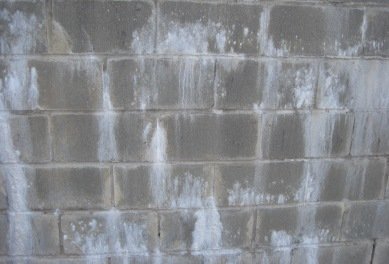
White Mold vs Efflorescence Differences, Dangers, Dealing
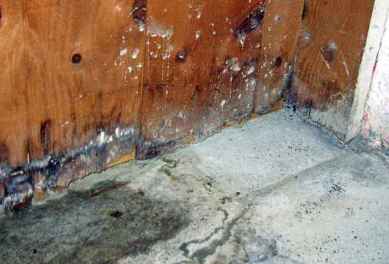
White Mold on Concrete ABT Foundation Solutions, Inc.
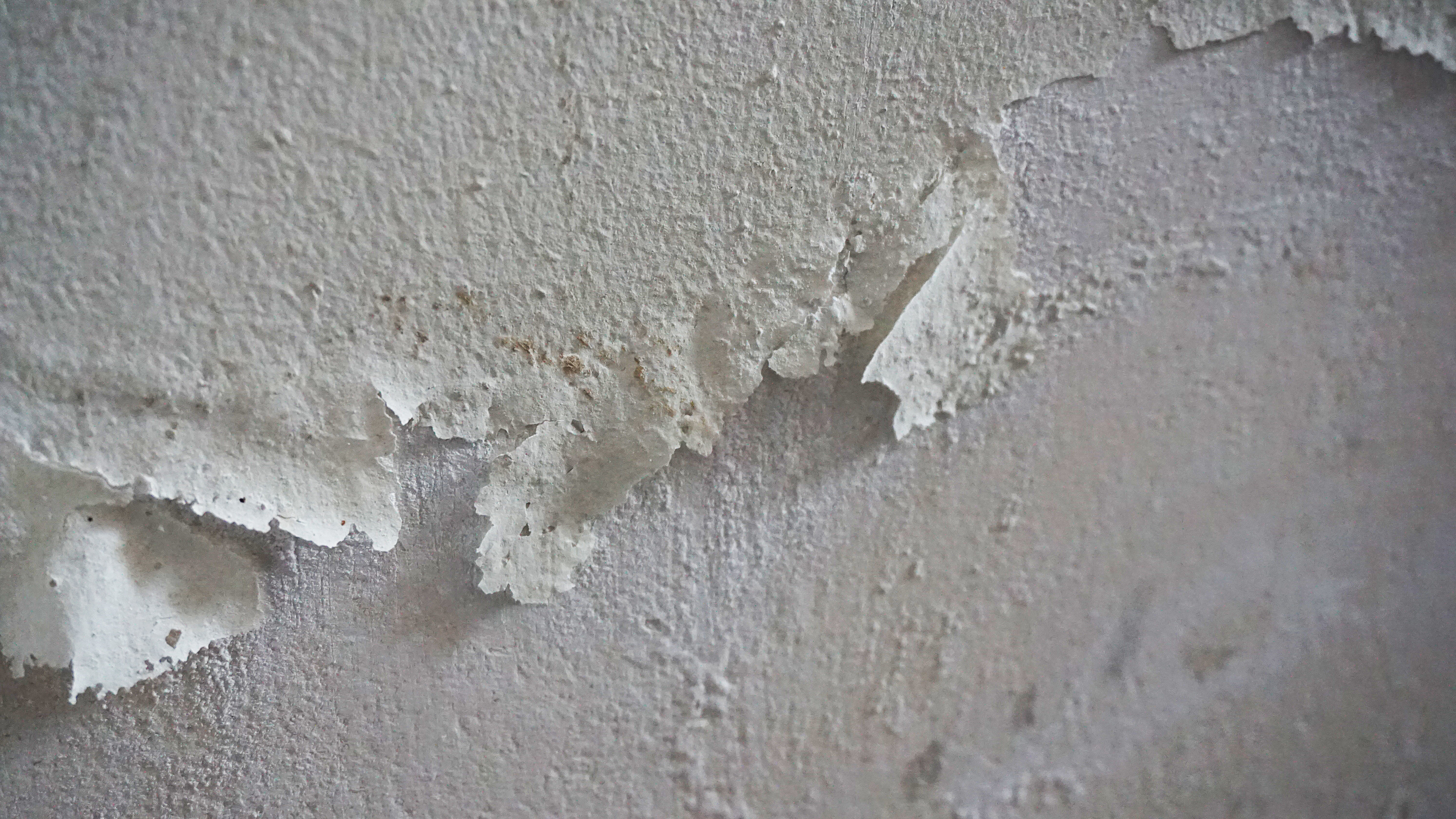
How to Get Rid of and Prevent Mold Growth on Concrete – Environix
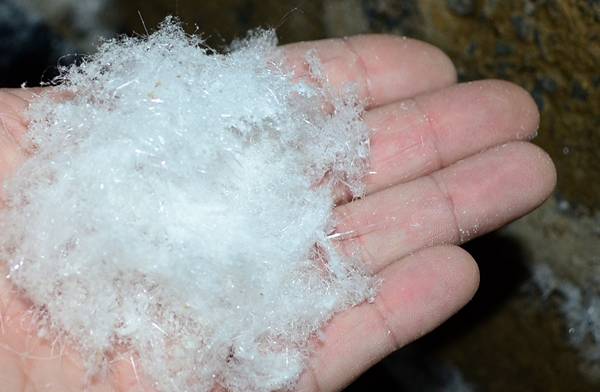
efflorescene damage
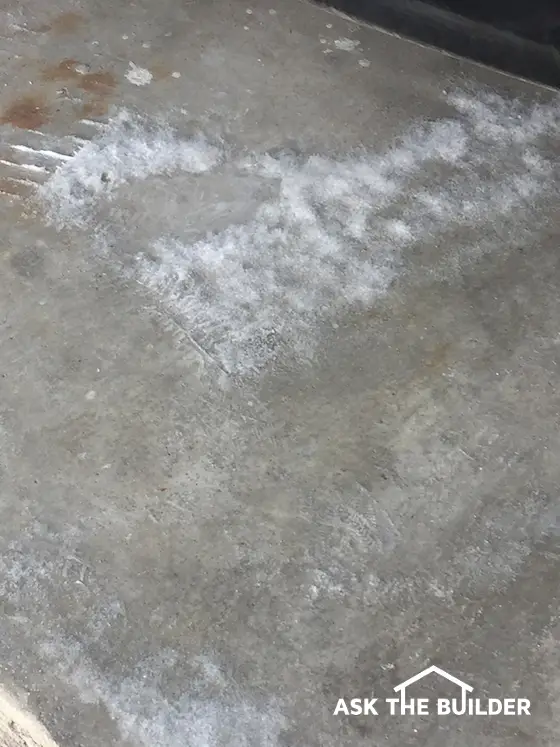
How to Remove Mold From Concrete – Cleaning Tips – Concrete Network
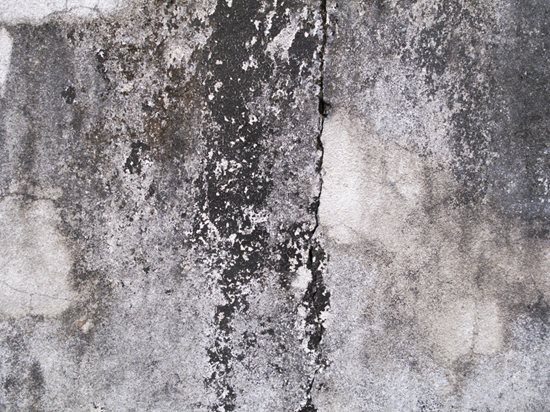
How to Remove Mold from Concrete Floors: An Easy-to-Follow Guide

Efflorescence!

How to Get Rid of and Prevent Mold Growth on Concrete – Environix
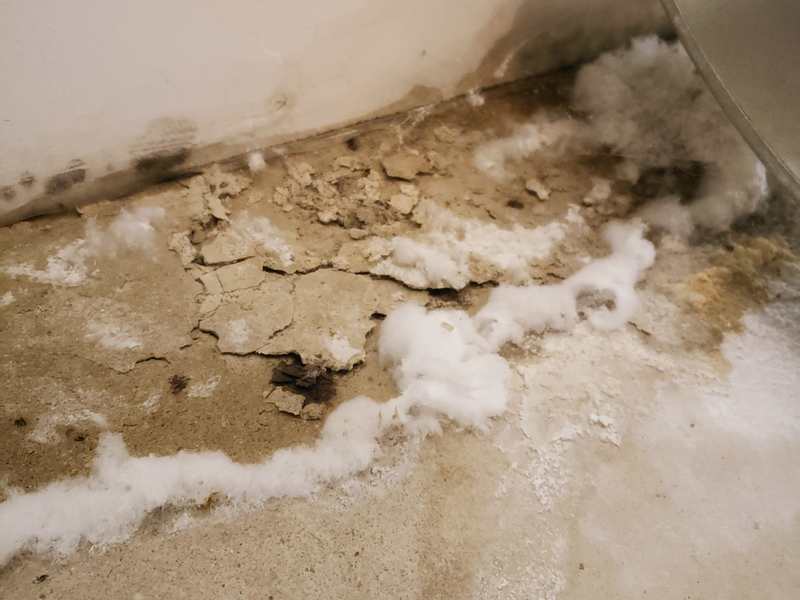
Does Bleach Kill Mold on Concrete? – Floor Techie

White Mold or Efflorescence Wet block walls with white powder

Mineral Efflorescence – Water Deposits, Salt Deposits, Brown

Related articles:
- White Mold On Concrete Floor
- Polished Concrete Floor
- Polished Concrete Floor Cleaning
- Staining Concrete Floors Indoors Yourself
- Flooring Options For Concrete Floors
- White High Gloss Concrete Floors
- Acid Stain Concrete Floors DIY
- Redo Patio Concrete Floor
- Interior Concrete Floor Ideas
- Gloss Concrete Floor Paint
White mold on a concrete floor can be a concerning sight for any homeowner. While it is important to know the cause of the mold and the best methods for removing it, it’s also important to understand the potential health risks associated with white mold on concrete floors.
What is White Mold?
White mold is a type of fungus that can be found on surfaces in damp, humid environments. It is typically white or gray in color and can appear as a powdery substance or fuzzy growth. White mold grows best at temperatures between 77 and 86 degrees Fahrenheit and in environments with high humidity levels.
What Causes White Mold on Concrete Floors?
The most common cause of white mold on concrete floors is excess moisture. Basements and other areas of the home that are prone to dampness and humidity can be particularly vulnerable to white mold growth. Additionally, concrete floors that have not been sealed properly are likely to attract white mold growth.
What Health Risks Are Associated With White Mold on Concrete Floors?
The presence of white mold on concrete floors can pose a health risk due to the release of airborne spores. These spores, if inhaled, can cause a variety of respiratory issues such as coughing, wheezing, and difficulty breathing. In extreme cases, white mold exposure can lead to more serious health problems such as asthma attacks and lung infections.
How Can I Remove White Mold From Concrete Floors?
Before attempting to remove white mold from concrete floors, you should take steps to reduce the moisture levels in the area. This can be done by using dehumidifiers and fans to circulate the air and keep humidity levels below 50%. Once the area has been properly ventilated, you can use a mixture of bleach and water to clean up the moldy areas. Use a scrub brush to gently scrub away the mold and then rinse with water.
If the white mold persists after cleaning, you may need to use an antimicrobial spray that contains fungicides or other active ingredients designed to kill mold spores. Follow the instructions on the product label closely before applying it to your concrete floor.
Conclusion
White mold on concrete floors can be concerning for those who want to keep their home safe and healthy. By understanding what causes white mold growth and taking steps to reduce moisture levels in affected areas, homeowners can help prevent future infestations. When dealing with existing white mold, it is important to use the proper cleaning products and techniques in order to avoid potential health risks from airborne spores.